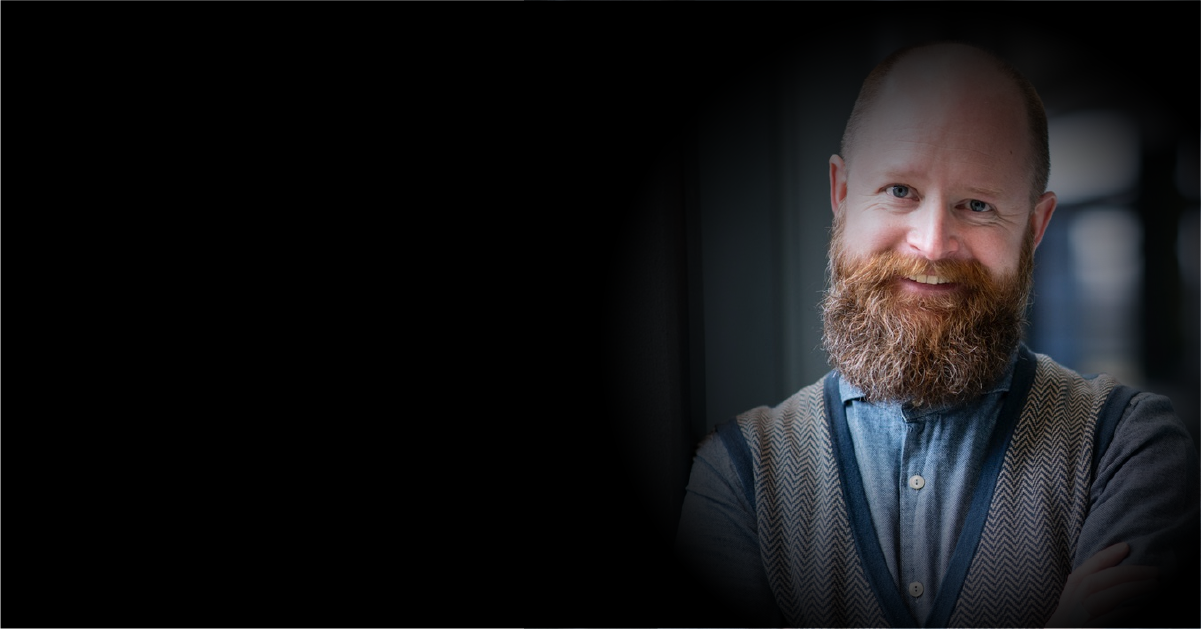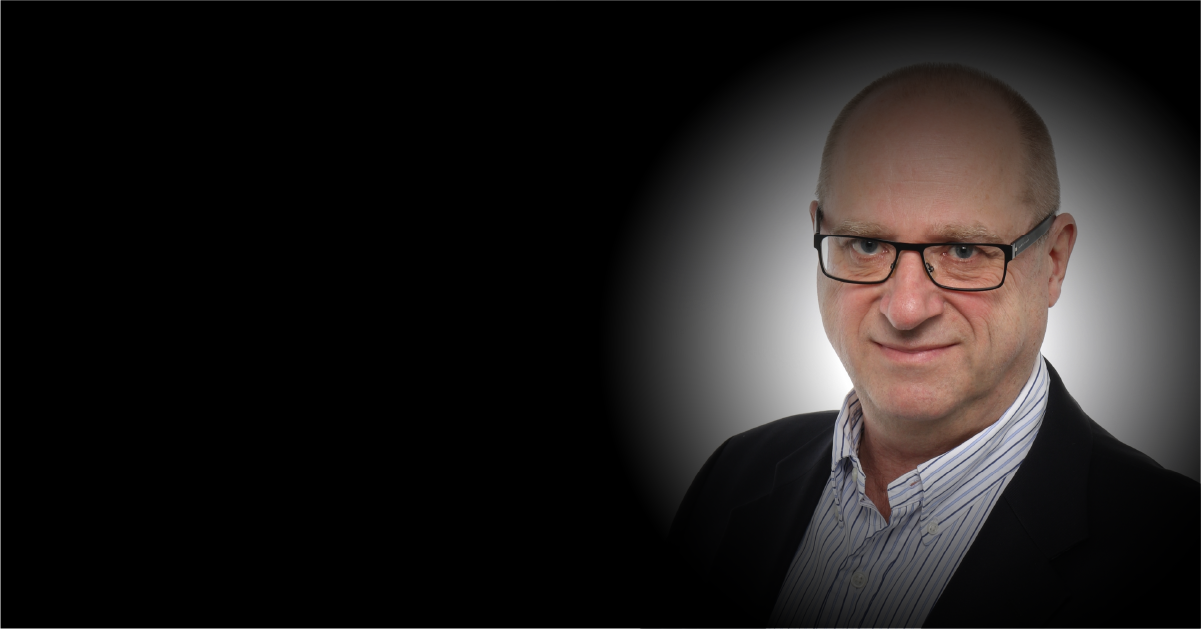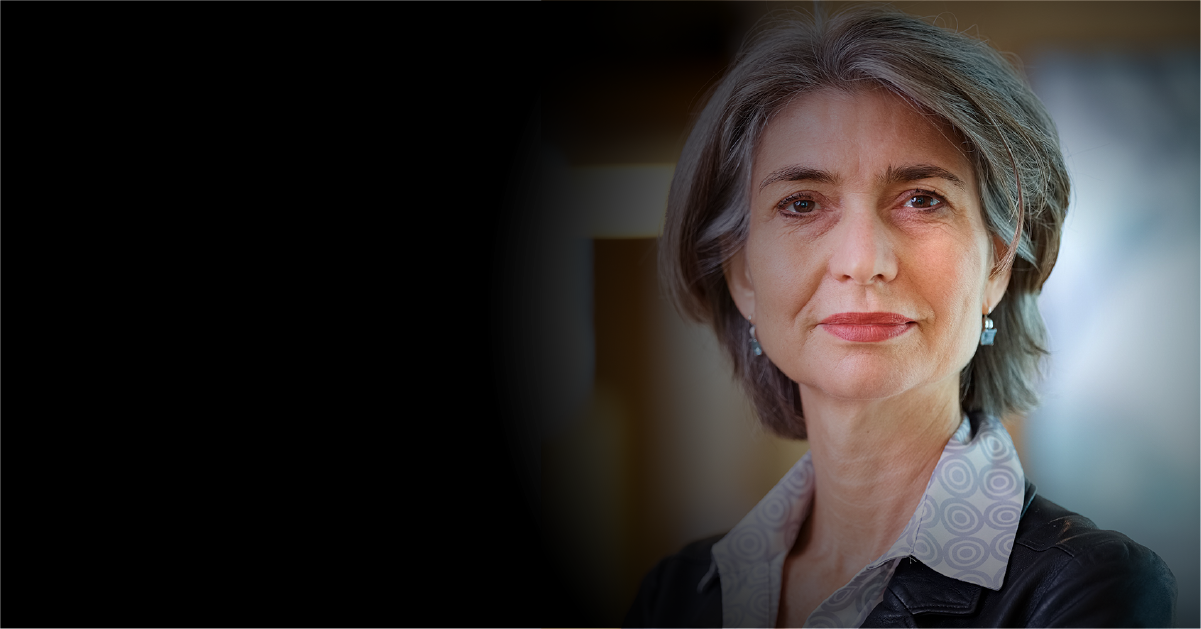During these uncertain times, organizational leaders are under pressure to perform their best as the world moves into a more digitalized and sustainable direction. The development of technological literacy has become increasingly important, in addition to soft skills such as adaptability, agility and empathy.
What challenges lie ahead of leaders today? What aspects of current leadership practices need to change? Rune Todnem By, Professor of Leadership at the University of Stavanger provides illuminating answers to these questions and more.
The Greatest Leadership Challenge Moving Forward
By argues that the main challenge lies in the very core of how we understand and practice leadership.
“The greatest challenge is not globalization, COVID-19, digitalization or any other current event, but rather that we currently have a very narrow and limiting understanding of leadership.” He refers to the tripod understanding which consists of the relationship between leader and follower, and the delivery of shared goals. This concept, being the basis for almost every single leadership theory and practice results in behaviors that are traditional, conservative, and limiting.
“It also leads to monopolizing the doing of leadership to a small group of individuals – who are in fact no more capable or ‘special’ than anyone else. Often, they just happen to be white, middle-aged men with privileged backgrounds. We are quite simply not as equal nor diverse which we so often like to think we are.”
“We are tied up in an outdated understanding of what is leadership. This does not bode well as it prevents us from finding the best solutions to the challenges ahead.”
Professor By dissects the tripod understanding of leadership further by explaining why ‘follower’ is not a positive word. He suggests it implies that “most of us do not have a mind of our own, cannot contribute independently, and require someone – a ‘leader’ – to push the start button for us to wake up in the morning.”
Additionally, he argues that shared goals are often not shared at all. “These goals are decided by someone else in an organization for reasons of short-term profit-making and efficiency gains. Organizational members do not have any shared ownership of these goals because they were never discussed with them.”
Therefore, it becomes very difficult to contribute to the delivery of such ‘shared’ goals as most employees can simply ask “Why should I contribute to something I don’t understand I was involved with or agreed to?”
Addressing this challenge
When By gets invited by an executive group to give a talk, he will first ask them for a definition of ”leadership.”
“They end up not defining ‘leadership’ but ‘leaders’, in terms of their skills and characteristics,” he says.
The solution to this challenge starts by understanding that leaders and leadership are not one and the same. Many leaders do not provide leadership, and many who do provide leadership do not perceive themselves as leaders. By says that people get surprised about this difference because “we were brought up in a society where it is suggested that leadership is something only leaders do.”
Changing the language used to understand leadership is essential. By mentions that “there are alternatives out there” and recommends a 2008 study by Drath et al. on the DAC ontology which stands for Direction, Alignment and Commitment. To shed light on the DAC alternative, By has further developed the model in his recent 2021 article, Leadership in pursuit of purpose, calling it the Purpose, Alignment and Commitment (PAC) model.
“Purpose is much bigger than just direction. Direction is something that can be changed in order to deliver on purpose,” he says. When leaders ask themselves “Why do we exist as an organization?,” it should encourage them to pursue purpose beyond profit, with proof suggesting such an approach will better support sustainable profits. More importantly, this can be aligned with individual purpose which is becoming increasingly important both in recruitment and retention. By suggests that organizations need to start focusing on providing people with a purpose rather than a bonus.
What It Means to be EPICally MAD
A highlight of Professor By’s work is the concept of EPICally MAD as presented at TEDxStavanger:
E for Energy:
By likens human beings to a fully charged battery after a good night’s sleep. “Our batteries should be fully charged, and it’s up to us how we want to spend this energy,” he says. He reminisced about being a founding member of the Public Leadership Foundation (PLF), where responsibilities were allocated based on what provided members with energy. “For example, I’m not good with numbers but it energizes other people! So, they took that responsibility. The way we work, support and challenge one another should be done in an energizing way.”
P for Purpose:
“We all have a purpose in life. We just need to discover it – and the same goes for organizations.” By says that there is nothing wrong with making a profit. In fact, it is a necessity for organizations in the private sector. “We should acknowledge and adopt the power of profit AND purpose. Having a purpose beyond profit is a strength, not a weakness.” He adds that organizations can base recruitment, advancement and bonuses on such a purpose, a purpose which should “last for a minimum of 100 years and which is bigger than any new CEO.” Tables have been turned in the job interview setting, where candidates are now the ones asking hard-hitting questions on purpose. “They ask, ‘Why do we exist?’, ‘What are we doing to improve the environment?’, ‘What are we doing to improve diversity? Why should I work with you?’”
I for Identity:
By says that a lot of business schools take an approach of “being factories churning out people that are leaders who look and think the same”. “I don’t think it’s our place in business schools or in HR to tell people how to dress or which skills and characteristics we need to copy from some ‘great’ leader or another.” Instead, HR departments should facilitate people to become the best versions of themselves. Professor By suggests we forget about “transformational and transactional – yes, even servant leadership,” and focus on the production of Purpose, Alignment, and Commitment.
C for Courage:
“This is about the courage to be yourself and stand for your purpose and core values,” By says. He provides an example of a meeting when the topic of XYZ was being discussed. “You find yourself not knowing what is being discussed but everyone else – including those you later found out were as bewildered as yourself – are nodding along, nobody daring to ask questions because they’re scared of looking stupid.” It takes courage to ask, and it takes courage to support the first one asking if it isn’t you.
Ally is a glue word and is about working together with others towards delivering on a common purpose. “We don’t have to be like-minded or come from the same background, but we’re allied in the belief of purpose.”
Professor By hopes that the idea of everyone being EPICally MAD can be adapted into HR leadership development programs or employee induction programs in the future.
Leadership is a Collaborative Effort
The University of Stavanger and the Nordic Institute for Studies in Innovation, Research and Education (NIFU) were recently successful in their application for the UNESCO Chair on Leadership, Innovation and Anticipation.
“We are integrating the concept of future literacy in the chair under Anticipation. It’s about anticipating different futures knowing it is not set and that we all have a responsibility making it what it will be.”
In partnership with UNESCO, Professor By and the University of Stavanger, and NIFU hope this Chair can be used as a vehicle to work with a range of organizations in true partnership developing both leadership and leader development programs fit-for-purpose moving forward. The next stage of the project is to identify partners to design, run and test new leadership and leader development programs with. This project will also integrate the PAC model to help employees see the link between themselves and their organizations.
When asked about the biggest lesson from the pandemic, By says that we all play a role in our organizations and society. “Performing leadership isn’t going to be successful if we continue to perceive it as a task only for ‘special’ individuals. We must expand our horizon and acknowledge leadership as a collective process where we can only achieve our full potential as individuals, organizations and society together.”




